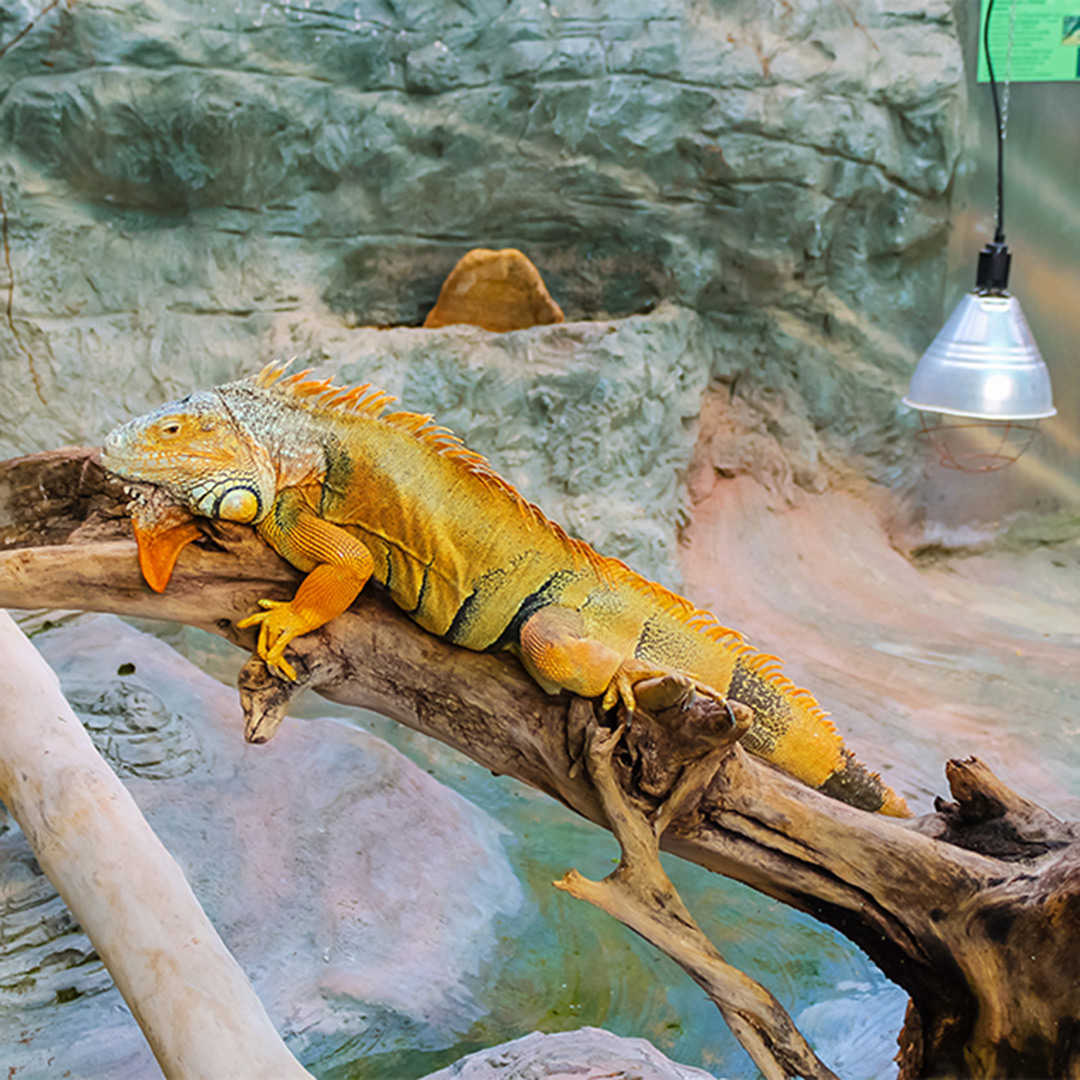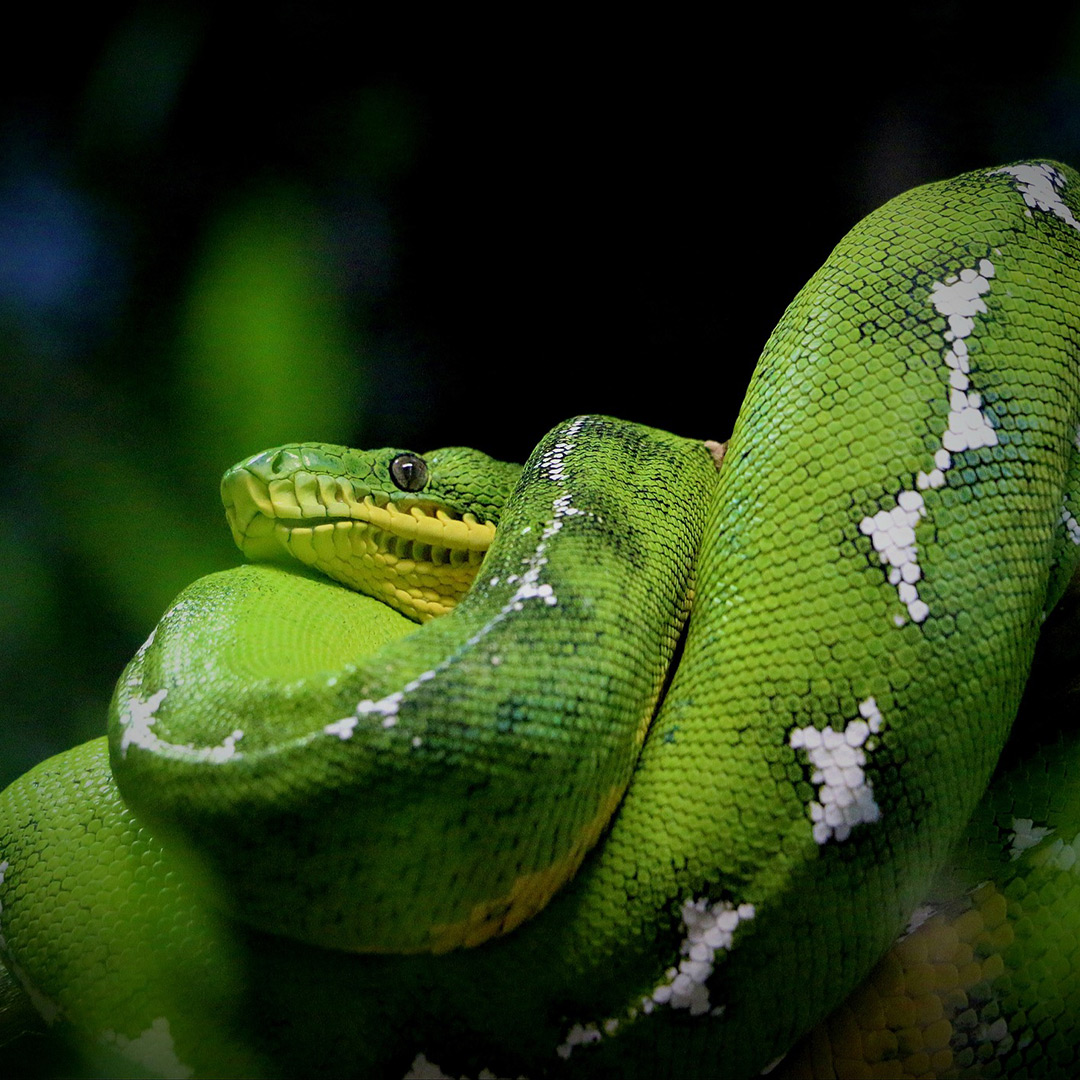Creating the proper habitat for your exotic pet
At Tampa Veterinary Hospital, we see lots of different types of pets. Naturally, the most popular pets are dogs and cats, but we also see birds, non-venomous snakes, lizards, amphibians, ferrets, guinea pigs, hedgehogs, sugar gliders and a variety of other exotic pets. We consider most pets that are not canines or felines as ‘exotic’ pets- and they all have very specific and unique needs in order to live long, healthy lives. Whether you’ve already got a ‘non-traditional’ pet in your home, or you’re thinking of getting one, I hope you find this blog about natural habitats helpful!
 Providing your exotic pet the right environment is very important. In the veterinary world, we call creating the right environment husbandry. We’re not talking about finding the perfect mate for your pet- we’re talking about it’s living environment. Dogs and cats have been domesticated for hundreds of years, so they have adapted well to the living environments in our homes that we’ve created for both us and them. However, exotic species are much different.
Providing your exotic pet the right environment is very important. In the veterinary world, we call creating the right environment husbandry. We’re not talking about finding the perfect mate for your pet- we’re talking about it’s living environment. Dogs and cats have been domesticated for hundreds of years, so they have adapted well to the living environments in our homes that we’ve created for both us and them. However, exotic species are much different.
Consider a snake species whose habitat is the warm, humid jungle like the Amazon. Such a snake will be healthier in a similar environment. Alternatively, consider a lizard that would live in a desert climate in the wild. Their environment in your home should closely mimic that of their natural habitat.
The most common reason we see exotic pets at Tampa Veterinary Hospital is due to inappropriate husbandry, whether it be caused by improper temperature, the wrong types of food or the animal’s substrate.
Temperature
As I referenced earlier, your exotic pet needs to be in a simulated climate which mimics their natural environment. An enthusiast with lots of different types of reptiles could easily invest hundreds of dollars on specialized heat lamps and bulbs to keep their pet’s cages at exactly the right temperature range. In an upcoming blog, I will expand on different types of heat sources for your exotic pet, and what I recommend. Temperature is critical for the overall health of not just reptiles, but for tropical birds, too. Tropical birds thrive in warm environments- consider this when you’re thinking about where to place their cage. Avoid placing your exotic pet’s habitat near air conditioning/heating vents. If possible, close the vents in the room where their habitat is located.
Food
Obviously, every living creature requires nourishment in order to survive. Every exotic pet requires a specialized diet to ensure they are getting the right amount of vitamins, minerals and proteins. If you’re thinking about adding an exotic pet to your home, I suggest checking out their dietary needs too. Some specialized foods can be expensive. Some species require live food, whether it be rodents, worms or insects. Be sure to remember that the food needs to be kept in a specialized environment, too. If you have to travel, think about who will look after your pet- and feed it. (Do you have a pet sitter who is willing to feed a snake?) It’s a lot to think about- and I’ll cover this in an upcoming blog, too!

Substrate
Essentially, this is what your exotic pet lives on. In the animal kingdom, by definition, substrate is the surface or material on or from which an organism lives, grows, or obtains its nourishment. Think about that snake I talked about earlier- there’s lots of different types of substrates available for snakes. Lots of folks use newspaper as their substrate. It’s easy to get, easy to clean and cheap. But it may not be the best substrate or environment for your snake. Sand is also popular, and is a great choice for some snakes which naturally burrow- but can potentially cause problems for non-burrowing species. Other choices for substrates are carpet, artificial turf, cypress mulch are all popular- but they’re not all appropriate for all snakes. Like the other topics, I will expand on this- probably by species- in an upcoming blog.
I know we’re just scratching the surface here when we talk about husbandry for your exotic pet, and I could write for weeks and weeks covering every type of pet that we see. With many pets, it’s not too difficult to re-create your pet’s natural habitat at home. Other pets do require a bit of time, patience and expense- but it’s worth it to do it right and educate yourself on your pet’s natural environment at home.
One last word of advice before I have to get back to seeing patients- use caution and your best judgement when looking for advice or information on the internet. The web is a vast resource, and there’s lots of great information out there- but there’s also some really dangerous information out there, too. Just because someone has lots of exotic pets in their home- and they happen to have their own website- it doesn’t necessarily make them an expert. Soon, I’ll share some of the best resources I’ve found on the web that you can trust.
I love providing care for these special pets. If you’re considering adding an exotic species to your home, I’d love to help guide you to properly set up their home so they’re comfortable right away in their new digs. Give us a call if you have any questions, we’re always happy to help.
